Menopause Musculoskeletal Program
What is Menopause?
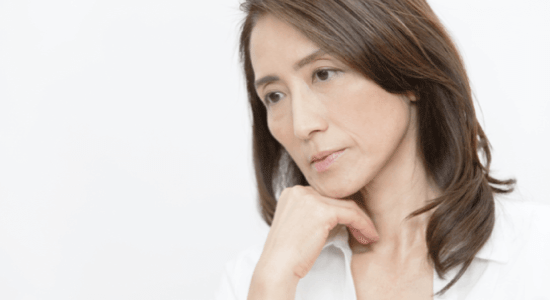
Women experience four life stages as they age: puberty, reproductive years, menopause, and old age. Although individual differences exist, menopause typically occurs around the age of 50, and the period around menopause (usually between the ages of 45 and 55) is called the “menopausal period.”
The various symptoms that appear during menopause are referred to as “menopausal symptoms”, and when these symptoms significantly interfere with daily life, they are referred to as “menopausal disorders”.
Main Causes of Menopausal Symptoms
The main cause of menopausal symptoms is the significant fluctuation and decline of female hormones (estrogen).
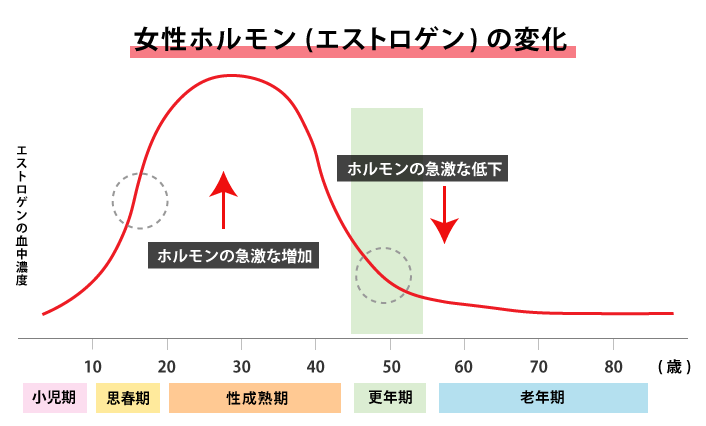
As the secretion of estrogen decreases, various bodily functions that were previously regulated by estrogen begin to malfunction. Additionally, when estrogen decreases, the brain signals the ovaries to produce more estrogen. However, during this process, the signal can cause unnecessary excitation in other areas of the brain, disrupting the regulation of the autonomic nervous system. This means the body struggles to keep up with the rapid decrease in estrogen, making it easier for nervous system disorders and physical and mental disturbances to occur.
Furthermore, physical factors like aging, psychological factors such as upbringing and personality, and social factors like workplace and family relationships can all contribute to the worsening of symptoms. Menopausal disorders are considered a type of stress-related disease.

Musculoskeletal Disorders Associated with Menopause
Shoulder pain, lower back pain, back pain, and joint pain that accompany menopause occur because estrogen receptors in the joints and tendons become deprived of estrogen. When estrogen levels decrease, the estrogen receptors in the joints and tendons are unable to receive enough estrogen, making it difficult to suppress inflammation, leading to swelling in the joints and tendons.
In addition to treatments in hospitals, interventions by physical therapists, judo therapists, and acupuncturists include…


Joints are the areas where bones connect, and they come in various types and shapes.
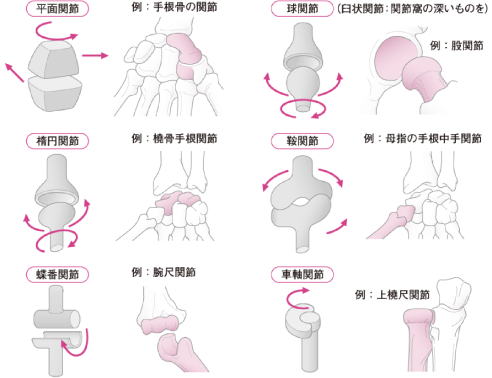
The burden on joints due to menopause is said to be caused by the synovial membrane. The synovial membrane covers the joint and contains synovial fluid.
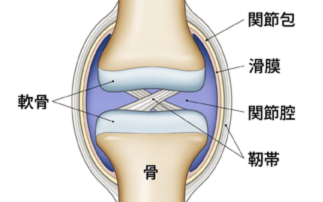
We approach the joints causing pain with a force equivalent to about grade 3. This is called a “non-physiological movement” that does not involve the primary motion of the joint surface (movement that does not cause rubbing between the joint surfaces). This method is very effective and is commonly used in hospital rehabilitation.
Humans live under gravity. Poor balance requires more muscle strength during daily life and work activities.
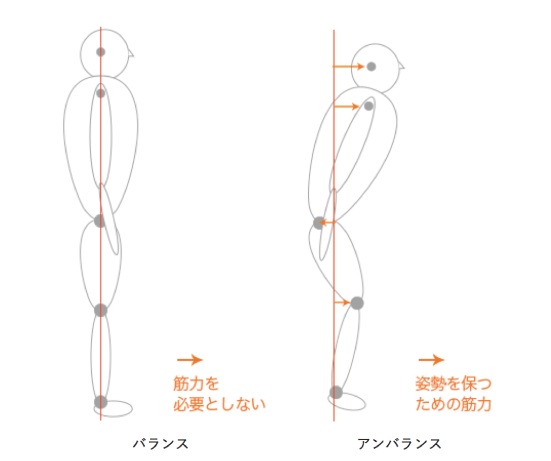
Bone misalignment is caused by muscle tension, and if poor posture persists, a cycle of misalignment can develop.
AI Posture Analysis System
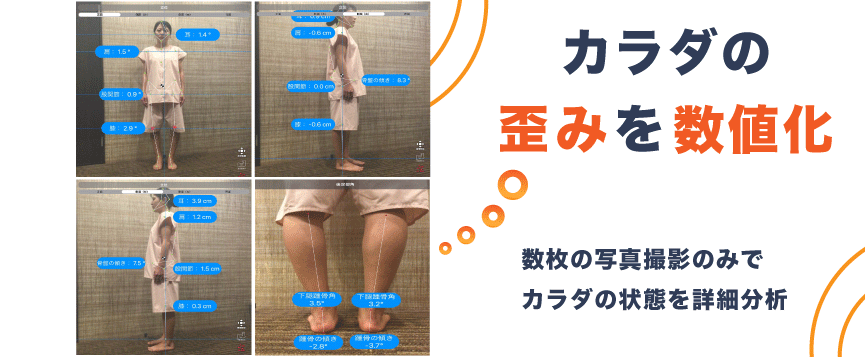
From the current posture, we can estimate areas where muscles tend to harden, pain-causing areas, and potential future postures. This allows us to explain the treatment plan and effects more clearly. Patients can also better understand the state of their body.
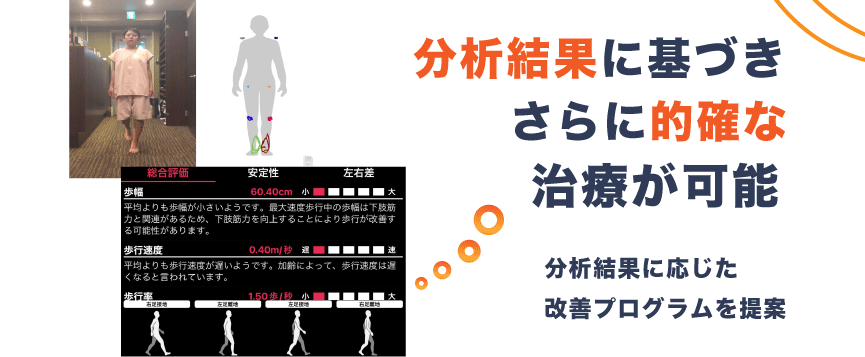


At our clinic, we have implemented a motion capture posture evaluation system that allows us to accurately and clearly visualize the causes of pain. As a result, the overall treatment method becomes easier to understand, and improvements happen more quickly.
Posture is a sequence of movements. In other words, posture = movement, but the difference lies in how stress is applied.
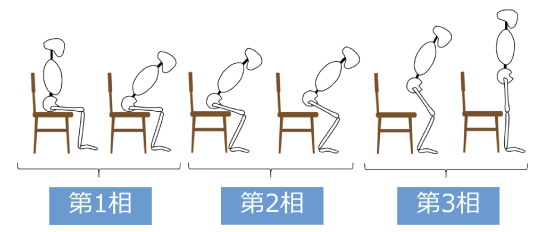
Posture = static stress on joints and muscles, and movement = dynamic stress on joints and muscles.
Static stress < Dynamic stress
There are varying degrees of risk. (For those who engage in training, please refer to this as well.)
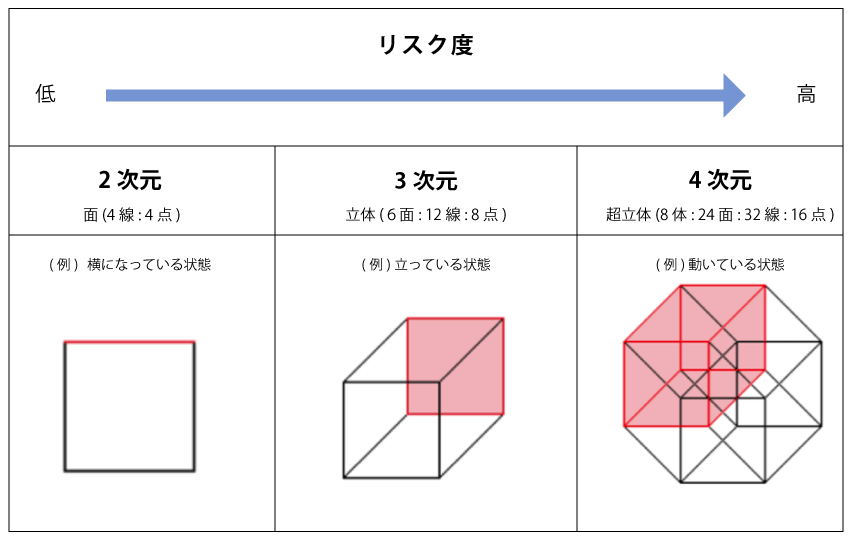
First, standing up requires:
Reducing extreme strain on specific joints helps to reduce the risk.
Myopressure (Walking Diagnostic Machine)
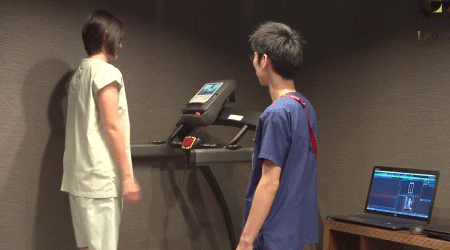
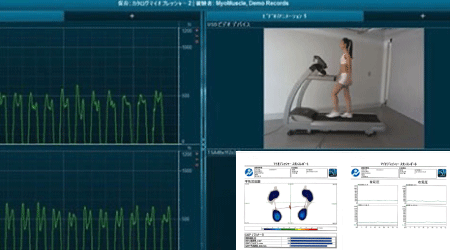
When walking on a treadmill with approximately 20,000 sensors, you can understand your foot pressure, center of gravity shift, and left-right weight distribution. Additionally, by using two cameras, you can visually confirm your walking posture.
Facilities that can obtain the evidence mentioned above are, in Japan, only available at our company outside of the rehabilitation departments of university hospitals.
At our center, we provide correct blood flow restriction training guidance by medical professionals with national qualifications. Using expertise in the skeleton and muscles, we provide optimal training by considering each individual’s skeletal misalignments and muscle balance.

In medical institutions, blood flow restriction training with ① low load, ② short duration, and ③ high benefit has been practiced for some time.
If you are considering medical fitness, be sure to consult with a certified professional. This is especially important during the menopause period, which is a physically delicate time. We recommend looking for a treatment clinic with proper knowledge, techniques, experience, and a proven track record.
Recommendation from a Doctor
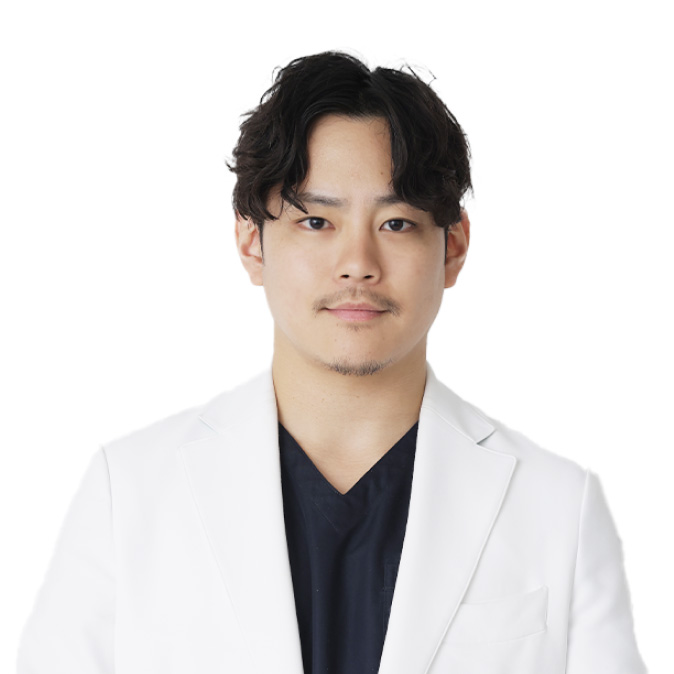

Background and Achievements
・Graduated from Kyoto University, Faculty of Engineering, Department of Physics
・Completed special training at Harvard University Medical School
・Graduated from Nara Medical University
・Cosmetic surgeon, Dermatologist, Orthopedic surgeon
I am Dr. Ryohei Tsuchida, the director of Tokyo Bisen Clinic Shibuya. At our clinic, we address various musculoskeletal conditions based on specialized knowledge in orthopedics. We also have an X-ray room to conduct accurate diagnoses.
While we provide broad support for musculoskeletal symptoms, I strongly recommend the treatments offered at Medical Japan as reliable methods.
For example:
Acupuncture and Osteopathy to Improve Pain and Numbness at its Root
Shoulder pain, back pain, arthritis, myofascial pain, neuralgia, and other conditions are addressed to improve the underlying causes, aiming for sustained recovery.
Rehabilitation and Evaluation Analysis to Prevent Recurrence
Based on detailed evaluations, individualized rehabilitation plans are made to prevent recurrence of knee, shoulder joint diseases, and repetitive back pain.
Training to Strengthen the Body
After recovery, the body is strengthened to prevent recurrence, sports injuries, and muscle weakness.
Medical Japan provides comprehensive health support based on evidence, and is highly recommended for those suffering from musculoskeletal issues such as shoulder pain, back pain, arthritis, myofascial pain, and sports injuries.

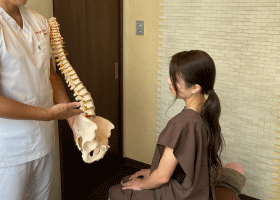


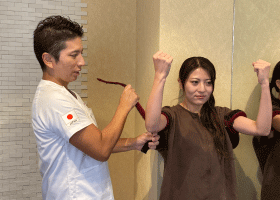

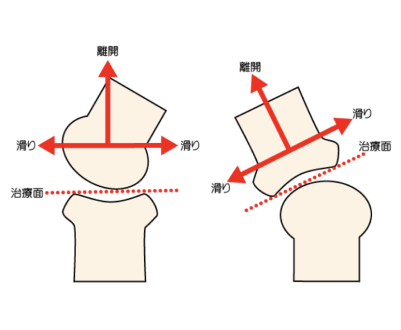
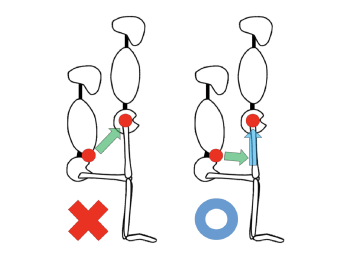
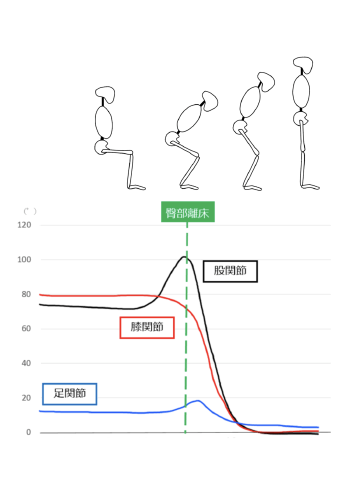
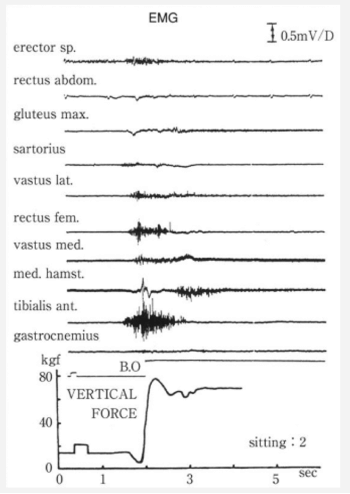
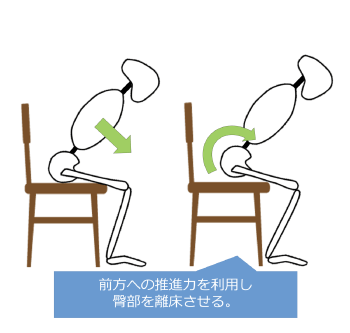 Utilize forward thrust
Utilize forward thrust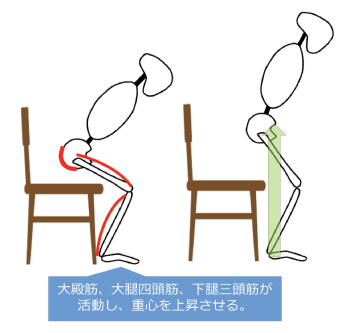 Distribute muscle strength evenly
Distribute muscle strength evenly